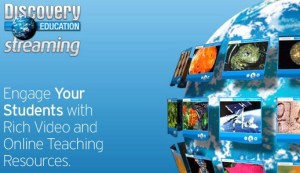Inspired by Dale Basler’s stop-motion video project in physics, I recently had my freshman biophys students make videos that examine the factors affecting the rate of a chemical reaction.
We used a lab from an Addison-Wesley Chemistry lab manual entitled “Factors Affecting Reaction Rates”. This lab was ideal, as the instructions are already neatly divided into 4 parts, whereby each part examines what can affect the rate of a chemical reaction (temperature, concentration, surface area and use of catalyst). Students were divided into 8 groups of 3 (2 groups for each concept).
These were the guidelines for the videos:
- 1-2 minutes in length
- Describe setup & document experiment
- Discuss results (with graph or data table)
- Show balanced reaction
- Discuss concept
This was a 5-day project (2 days in lab, 1 for taping, and 2 for editing in the computer lab). I gave the students just the basics in order to use Windows MovieMaker, and helped them on-the-fly with questions.
Besides the final project, perhaps the best part of the project was viewing them all in class. Not only were we able to discuss the concept in each video, but students also critiqued each video in content and in quality. This evolved into a really productive discussion on how important it is to be able to communicate science effectively.
This turned out to be a great project that the students really enjoyed. The only negative comment I heard was “the reactions were kinda boring” (all kids want fire and flames). Now that I know the students can handle this type of work, my mind is spinning on what movies they can make in the future using other science tools – graphical analysis, digital microscopy and RasMol (molecular visualization software) come to mind immediately.
Here is an example video:



Recent Comments